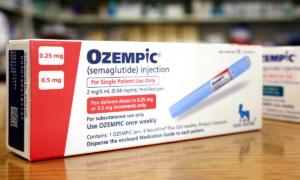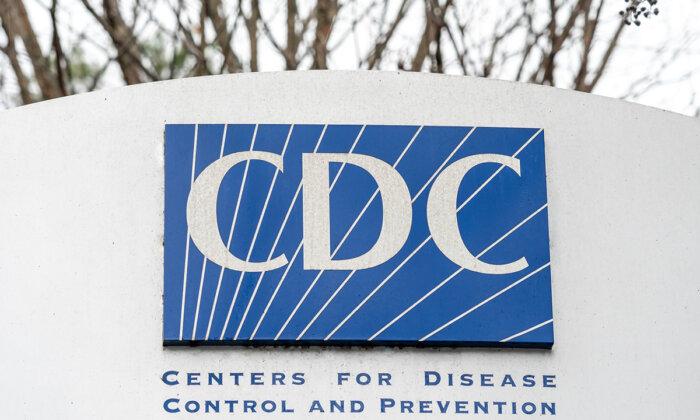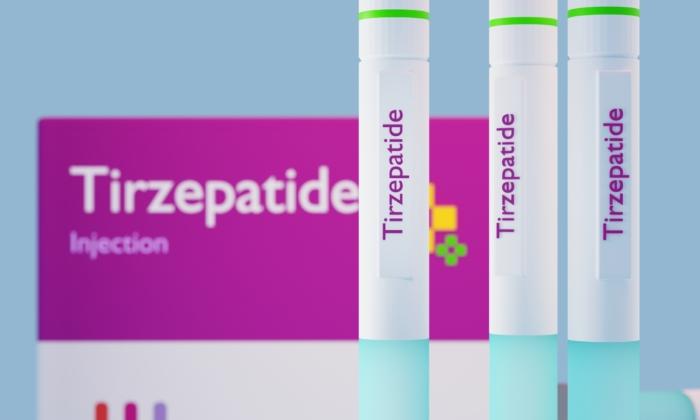The potential lifelong consequences that weight-loss drugs could have on adolescents and children have a multidisciplinary team of clinicians, exercise and behavioral scientists, pharmacists, and ethics researchers at the University of California–Irvine (UCI) sounding alarms.
“Unlike in adults, children and adolescents need energy and sufficient calories not only for physical activity, but for growth and development,” Dr. Dan M. Cooper, associate director of the UCI Institute of Clinical and Translational Science and interim executive director of the UCI Institute for Precision Health, said in a news release.
While health experts applaud drug benefits like hunger suppression, low appetite, and slow gastric emptying in overweight, obese, or Type 2 diabetic adults, the paper’s authors argue these same benefits could backfire in younger groups.
Additionally, researchers say other possible harms should not be overlooked. Easy accessibility and availability could create a perfect storm for the potential of abuse among kids involved in sports with weight or body-type expectations, such as wrestling, martial arts, gymnastics, and ballet, as well as those with eating disorders.
“With the increase in social media, young people are already exposed to a diet culture and body images which may not be attainable and, ultimately, unhealthy,” said Jan D. Hirsch, one of the coauthors and the dean of the UCI School of Pharmacy and Pharmaceutical Sciences, in the news release.
What Are GLU-1RAs?
GLP-1RA stands for glucagon-like peptide-1 receptor agonist. They are typically administered by shot injections on a daily or weekly basis, depending on the type. Pill forms are currently being developed and tested by pharmaceutical companies but are unavailable.Lack of Children-Focused Studies
The prospective’s authors insist the cost versus benefit as it relates to long-term use in youth requires more careful study. Between an estimated 75 and 175 articles have been published per year on weight-loss drugs concerning all ages for the past decade, but only a fraction focus on adolescents and children. The overall number of published studies in 2022 was 175. Fewer than five centered on children.Possible Unintended Consequences
Some of the adverse effects of trading conventional weight-loss strategies for GLP-1RA interventions the authors mention include the following:- Long-term growth and development impacts: The balance of calorie intake and expenditure regulates growth hormones, and the drug may interfere with this balance during critical growth stages.
- Abuse of medication: Adolescents with eating disorders or participating in sports where certain weights offer advantages may abuse the drugs to gain a competitive edge.
- Unwarranted and unsupervised use: Inaccurate body-weight perceptions may drive adolescents to unnecessarily and secretly use medications.
- Improper prescriptions: Pediatricians may prescribe weight-loss drugs for convenient and short-term gains, but the long-term effects on growth and development are largely unknown.
- Warped cost–benefit analysis for long-term use: Patients may be compelled to be lifelong users; long-term use may be cost-prohibitive; and off-label use may not be covered by insurers.
Childhood Obesity Facts
Close to 15 million kids in the United States are obese, according to the U.S. Centers for Disease Control and Prevention (CDC). This is equivalent to 1 in 5 children or adolescents aged 2 to 17. Kids 12 to 19 are most affected, followed by 6- to 11- and 2- to 5-year-olds. Obesity is more common among Hispanic and non-Hispanic black children than non-Hispanic white and non-Hispanic Asian children. Obesity-related complications include:- High blood pressure.
- High cholesterol.
- Type 2 diabetes.
- Breathing problems like asthma and sleep apnea.
- Joint problems.







